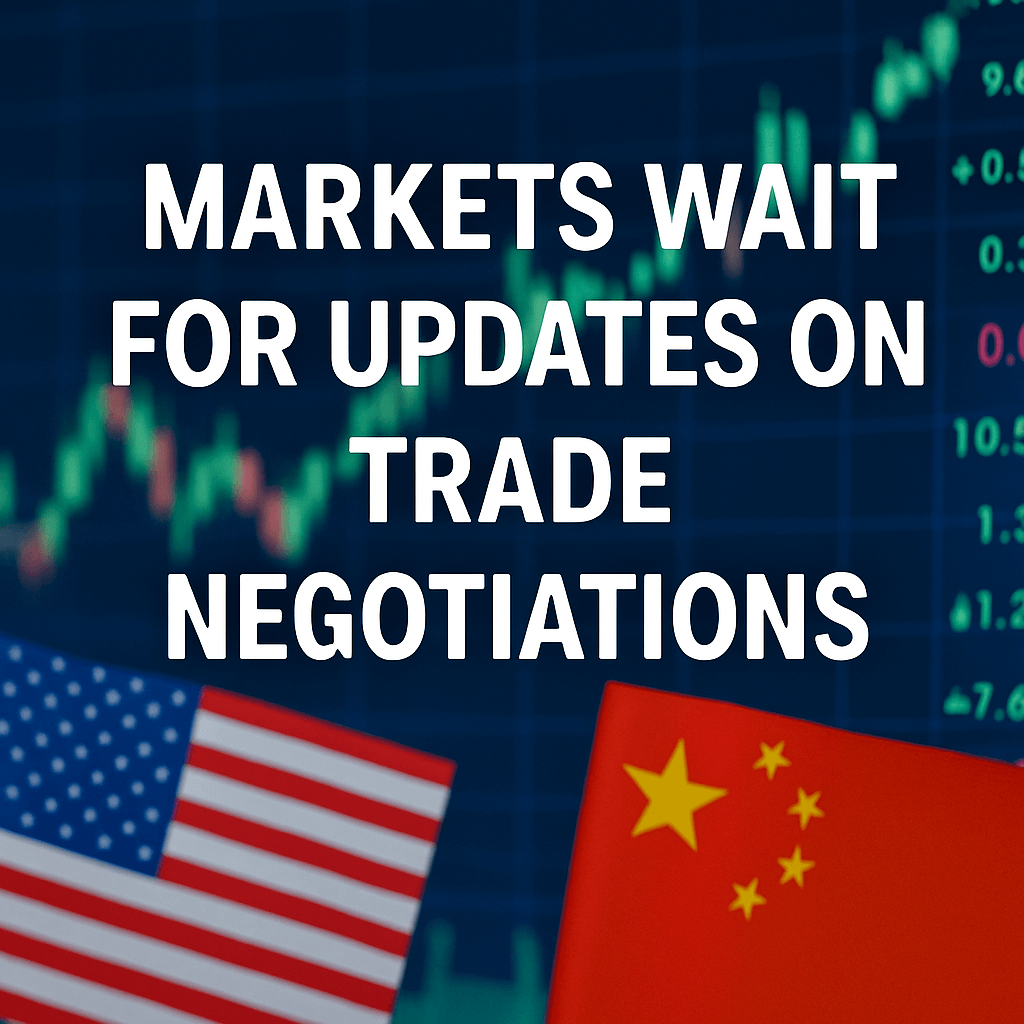Markets Wait for Updates on Trade Negotiations

Asian markets experienced a relatively stable trading day on Thursday as investors awaited crucial updates on the ongoing trade negotiations led by former President Donald Trump. The fluctuations in market sentiment are largely dictated by the uncertainty surrounding U.S. trade relations with major global economies, including China and Japan.
Market Performance Overview
In the latest trading session:
- Hong Kong’s benchmark Hang Seng Index increased by 1.1%, marking its third consecutive day of gains.
- Mainland China’s CSI 300 rose 0.2% amidst continued speculation about economic policy shifts.
- Japan’s Nikkei 225 fell by 0.5%, with local manufacturers reacting negatively to trade negotiation news.
- South Korea’s KOSPI index saw a notable increase of 1.5%, buoyed by the results of the recent presidential elections that brought center-left candidate Lee Myung to power.
Japan’s Trade Position and Outlook
As Japan embarks on a new round of trade negotiations with the United States, expectations are high regarding potential outcomes in light of the upcoming G7 summit scheduled in Canada. Japanese lead trade negotiator Ryosei Akazawa emphasized Japan’s commitment to urging the U.S. to reconsider its extensive series of tariff measures.
In the context of these negotiations, Japanese manufacturers faced notable reactions in the stock market. For instance:
- Toyota, one of Japan’s flagship automakers, declined by 2.7% amid concerns over tariffs affecting its exports.
- Nintendo, a well-known video gaming corporation, released its anticipated Switch 2 console; however, the stock still fell by 2.0% as market sentiment remained cautious.
U.S. Tariff Tensions and Global Implications
The United States continues to express frustrations toward China, particularly regarding its control over rare earth minerals essential for high-tech manufacturing, including automotive components and semiconductors. China is responsible for approximately 70% of global rare earth production, leading to U.S. concerns about supply chain vulnerabilities. Recent discussions in Geneva regarding a potential reopening of Chinese exports have been met with delays, further exacerbating tensions.
President Trump took to social media earlier this week, remarking on the difficulty of negotiating with Chinese President Xi Jinping, stating he found Xi to be “very tough and extremely hard to make a deal with.” Such commentary reflects the complex and often strained dynamics at play in U.S.-China trade relations.
Geopolitical Considerations
In addition to China, the United States is concurrently negotiating with various other trading partners, including the United Kingdom, European Union, South Korea, India, and Vietnam. Each of these negotiations carries distinct implications for global trade architecture and future market developments.
The outcome of these discussions could potentially reshape international trade policies, influencing tariffs and export controls that will bear direct consequences on global supply chains and economic growth.
Investor Sentiment and Future Insights
As of 4:30 AM Eastern Time, U.S. futures for the S&P 500 are showing an increase of 0.2%. European stocks, represented by the STOXX Europe 600, also exhibit a marginal gain of around 0.2%. India’s NIFTY 50 index has climbed nearly 0.5%, reflecting a cautious optimism in the wake of geopolitical developments.
Investors remain alert, particularly as market volatility may become pronounced depending on forthcoming negotiations outcomes. Insights from market analysts suggest that companies heavily reliant on imports or exports may need to strategize appropriately in anticipation of policy shifts.
Conclusion
In summary, the current global market scenario is overshadowed by a wait-and-see approach as various nations, particularly the U.S., Japan, and China, navigate complex trade negotiations. The implications of these discussions are likely to resonate across economies, influencing both market performance and investor strategies.
Additional developments and dialogue may soon emerge, shedding light on the future trajectory of international trade.